Do dermatology-grade facials work?
Yes, these facials work. After a dermatology-grade facial, your skin will appear clearer, brighter, and smoother. Depending on the components of the facial, your skin may also appear tighter or lifted.
A dermatology-grade facial should give you better results than a spa facial because it is customised to deal with your skin’s problems.
Why should you get a dermatology-grade facial?
There are two main reasons to get a dermatology-grade facial rather than an off-the-shelf spa facial:
- Your facial skin has problems that a spa facial alone cannot resolve.
- You suffer from any conditions that make a regular facial inadvisable. For example, if you have severe acne or rosacea, you shouldn’t have a regular facial, but a dermatology-grade facial can be beneficial.
Are there any side effects to dermatology-grade facials?
It depends a little on the skin concern you are looking to treat, but even though a dermatology-grade facial includes more challenging components, it should have minimal side effects. Commonly, immediately after the facial, your face may be flushed or reddened and may feel warm or hot. These side effects should pass within a few hours.
However, if you are using a dermatology-grade facial to treat pigmentation, for example, especially using IPL devices, then the treated area will darken and crust, leading to a longer downtime. Your practitioner should give you all the information you need beforehand though, and will help you keep side effects to a minimum.
How often should I have a dermatology-grade facial?
This too will vary depending on the details of the treatment.
Your practitioner will likely recommend repeating the facial at a suitable interval, such as once every month or once every three months.
What is it like to have a dermatology-grade facial?
Your dermatology-grade facial will be customised to your skin’s needs, so it’s hard to generalise about what your experience of the facial will be like.
But in general, because a dermatology-grade facial is more intense than a spa facial and includes medical components, the facial will not feel like a pampering or relaxing treatment, and may involve some discomfort. Approaching the facial with a suitable mindset will help you get the most out of the treatment, even if you don’t exactly enjoy it!

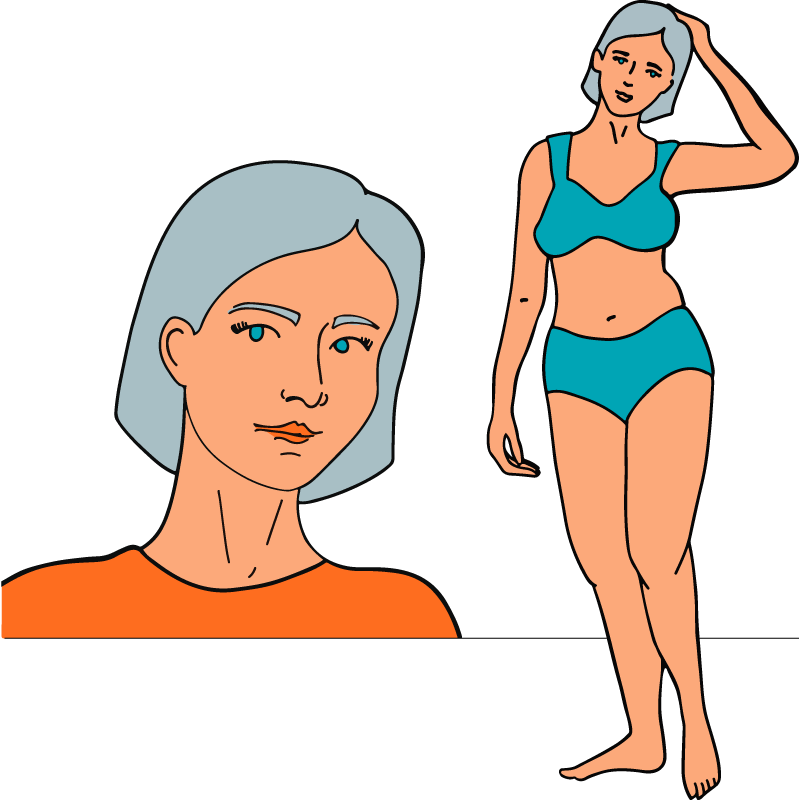



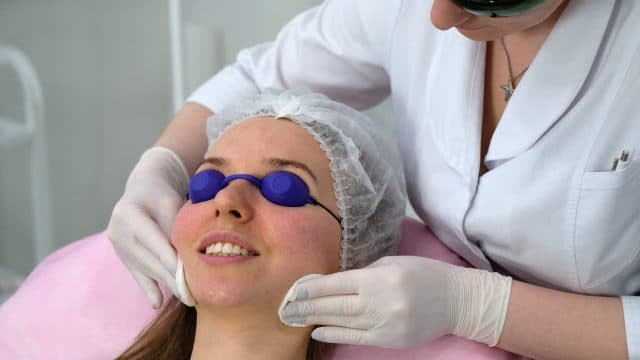

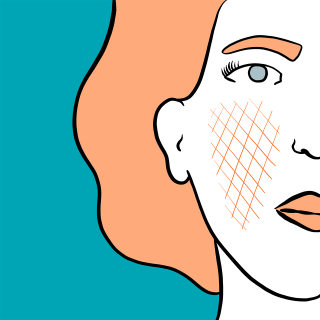
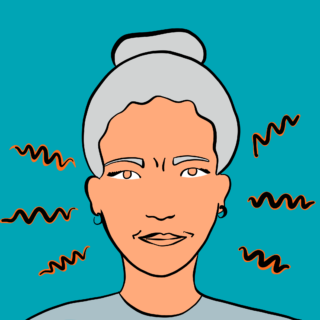
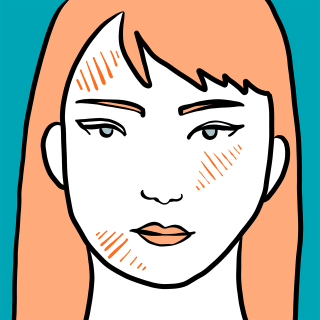
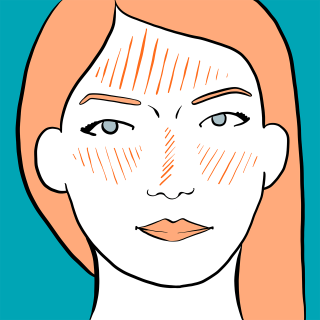



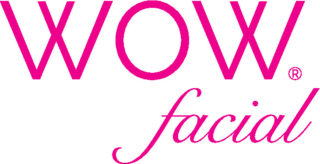
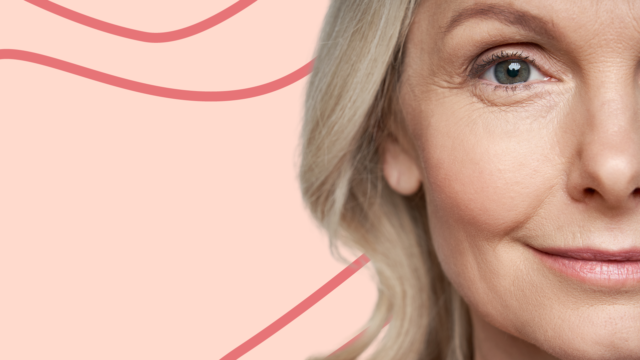
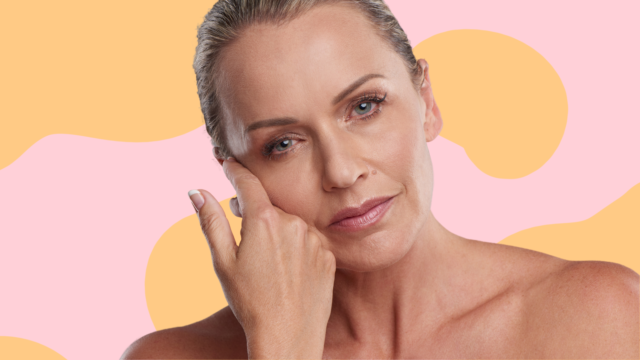
 The Tweakments Chatbot
The Tweakments Chatbot